Grades and characteristics of Brazilian Coffee beans methods of boiling Water temperature of Bourbon Coffee beans in South Minas, Brazil
Follow the caf é (Wechat official account vdailycom) and found that Beautiful Cafe opened a small shop of its own.
Since 300 years ago, coffee has become the main source of economy in Brazil, and Brazil has also become the largest producer of coffee in the world. Qianjie coffee tests Brazilian coffee beans by cup, and thinks that Brazilian coffee beans have low acidity, chocolate sweetness and mellow taste in nutty flavor, which is related to Brazil's low altitude, flat and monotonous landform, lack of micro-climate, and accustomed to using sun exposure to grow coffee trees, thus producing Brazil's unique soft bean flavor.
Reduced rainfall in Brazil in 2020 will lead to a decline in coffee bean production in Brazil from 2020 to 2021!
There was rain in Brazilian coffee production in mid-early October 2020, but according to local media, very little rainfall worried farmers. All in all, the October rainfall eased local high temperatures, but not enough to supplement water scarcity and improve the growth of coffee crops. Arabica coffee was particularly affected, and the flowering of Arabica coffee was delayed by adverse weather in almost all Arabica coffee producing areas. Coffee flowers have fallen sporadically in Minas Gerais and Franka as of October 15, and if there is still not enough rain, all the flowers currently in bloom will fall, resulting in reduced production.
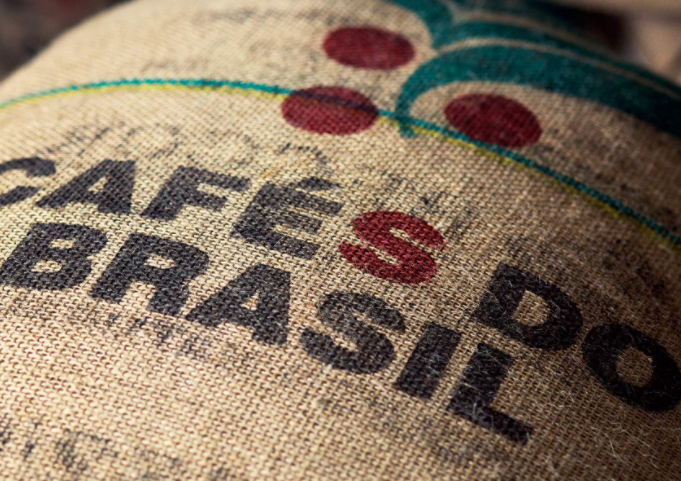
According to the latest opinion released by ItauBBA, an international investment bank, due to insufficient rainfall during flowering and small years of production, coffee production in Brazil is expected to fall by 14% to 21% in 2020 and will eventually record between 5360 and 58.3 million bags. As Brazil accounts for more than 1 million of the world's coffee production, the reduction in Brazilian production may directly lead to a global coffee supply and demand balance between 9.8 million and 6.5 million bags next year from a supply surplus of 9.8 million bags this year. In addition to rainfall, high temperatures also affect coffee growth. for example, an average temperature of more than 23 degrees Celsius exceeds the ideal growth conditions for Arabica coffee. But in late September and early October, temperatures averaged 28-30 degrees Celsius in Minas Gerais, S ã o Paulo and Parana.
Coffee producing areas in Brazil
As mentioned above, the Arabica coffee bean growing areas in Brazil are mainly distributed in the states of Minasji, Sao Paulo and Parana. Brazil produces more or less coffee beans, depending on whether Milas has a rich harvest or a poor harvest, while Minas's harvest depends on South Minas, Hilado and Morgiana. Brazilian Arabica is mainly produced in southern Minas and central Syrador. Minas produces 66.7% of the Arabica coffee bean center in Brazil.
South Minas Sul de Minas has more than 1100 above sea level, undulating foothills, rich landform, obvious dry and wet season, large temperature difference between day and night, rich micro-climate, suitable for cultivating bourbon and yellow bourbon, so it naturally becomes the main producing area of boutique coffee.
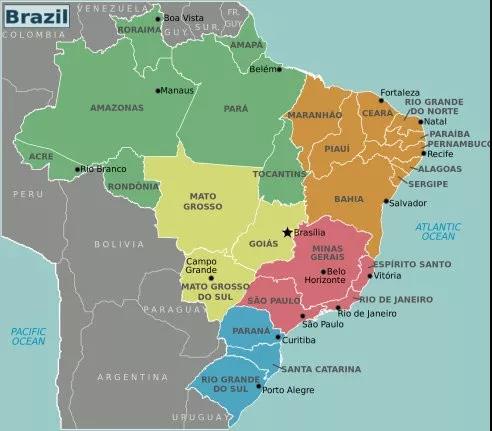
Cerrado region: we have to mention the Hirado prairie, which is home to the most diverse species in the world. But when it comes to the coffee-producing areas of Hilado, not all the coffee grown on the prairie is called Syrador Coffee. The only coffee that can be crowned with Syrador Coffee is at an altitude of 1100-1300m, where there is the essence of the Hirado Prairie, with high elevation and fertile soil. Qianjie thinks that the coffee beans produced in this area are sweet, mellow and fishy.
The area of Morgiana Mogiana is very close to the south of Minas. Coffee is grown between shrubs, grasslands and other vegetation. There are many farming families in this area, some of which operate in the traditional way of large farms, while others operate in a small-scale and modern way. Modern science and technology mixed with mountain coffee cultivation culture has created the highest quality raw coffee beans. Through the cup test in Qianjie, it is found that the coffee beans produced in this area are as sweet as sugar.
Brazilian coffee bean grading system
We usually see this message on the sacks of Brazilian coffee beans: Brazil NY.2 SC-17 FC, which is a three-stage grading method unique to Brazil, which is not adopted in other countries, because the production area is too large and produces too many beans. In order to prepare the special coffee flavor for export, these coffee beans are often mixed, so when there is a situation of different quality, we need to use "cup test" grading, so that consumers as long as they see the raw bean information. You can get a general idea of the quality of coffee.
1. Classification according to defect rate
The evaluation method of Brazilian coffee is "deduction method". According to the number of defective beans per 300g of main beans, there are seven levels from No.2 to No. 8, and if the deduction is less than 4, it can be classified as No.2. Not a single defective bean can certainly be called No.1, but this situation is rare, unable to maintain a certain supply, so Brazil set No.2 as the highest level, not No.1.
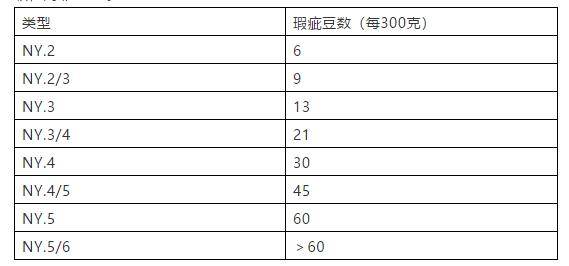
two。 Classify according to the size of legume
Number of mesh: this is a screen based on a scale of 64 inches. The size of the screen is usually 14 mi 20. In addition, it should be noted that the size corresponding to the number of items is the short side of the coffee bean, that is, the "width". The largest number of items of coffee beans in Brazil is 19 mesh, but the yield is not much, so the highest grade is 17 white 18 mesh.

3. Cup test quality
Fine cup | fine | good cup | fair cup | poor cup | bad cup | FC (Fine Cup) and GC (Good Cup) are common. Many companies or platforms also add messages such as treatment methods (sun / water washing / honey treatment) and manors.
4. Flavor grade
Brazilian coffee beans are classified into five categories according to their flavor levels. They are: Strictly Soft → is very supple, Soft → is very supple, Softish → is a little supple, Hardish → is not palatable, and Rioy → has iodine choking taste. Brazil-Coffee beans are tested by the local coffee association as Strictly Soft Fine Cup (very supple), the best grade. To sum up, Brazil NY.2SC-17 FC Cerrado 18 means country Brazil, defect rate grade 2, raw bean mesh 17,018 mesh, high quality cup product, produced from Syrador. This is also the Brazilian formula beans that have been used in Qianjie Coffee.
Brazilian coffee bean varieties
Brazil mainly grows bourbon beans. Bourbon is a branch of Typica, a variety of Arabica coffee beans. It is native to Bourbon Island in the Indian Ocean (now known as Reunion Island). It is mainly planted in Central and South America, including El Salvador, Brazil (Barzil), Luanda, Panama (Banama). Wait for the place. The early bourbon coffee bean (Bourbon) was a variety of Ethiopian Typica after it was transplanted to Yemen. The biggest difference between the appearance of bourbon coffee beans and iron pickup is that the leaves are wider, the fruiting coffee fruit is smaller, and the production is more intensive, so the difference in appearance of coffee fruit compared with iron pickup is that the fruit is smaller and rounder. Bourbon is the winning force in the test of American boutique coffee cups.
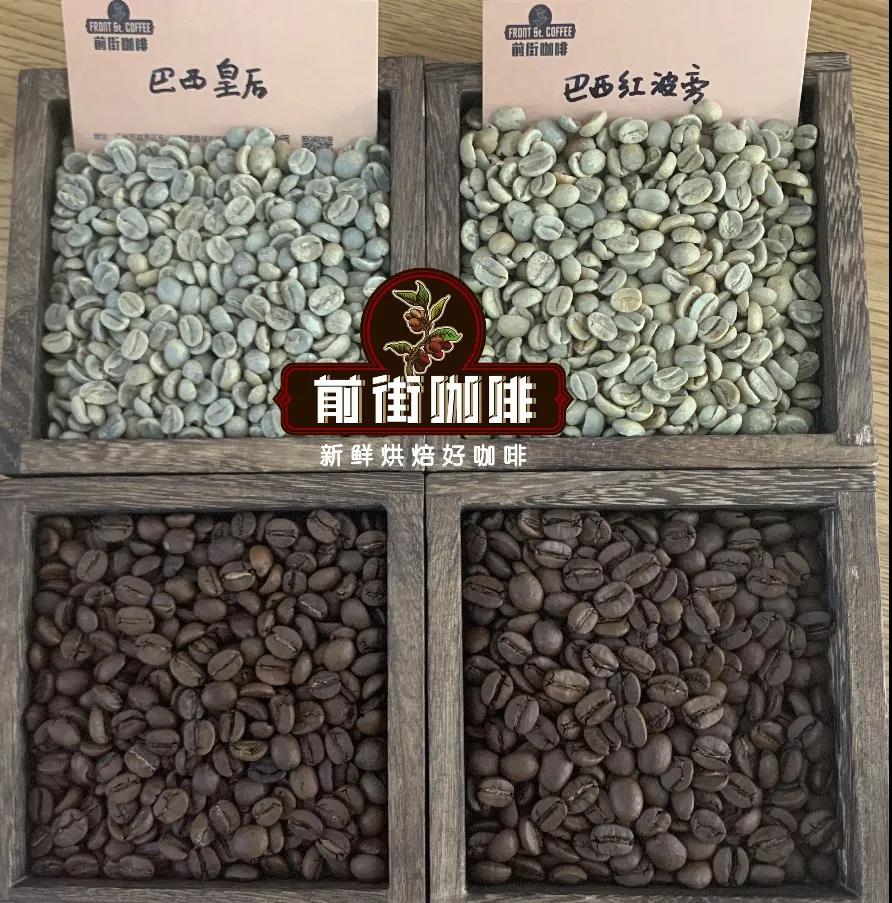
Generally ripe coffee beans show a red color, but mature coffee grown in bourbon shows a yellow color, so it is generally called Yellow Bourbon. In Brazil, which is the largest exporter of coffee beans in the world, Huangbourne accounts for less than 1%, which is very precious and rare. Because of the characteristics of yellow bourbon coffee beans, it is difficult to cultivate and the yield is low. Roasted coffee beans are dry and sweet with nutty and cocoa / chocolate aromas. Yellow bourbon beans usually use half-sun (or half-water washing), and some bourbon varieties have fruit aromas, especially the aroma and sweetness of cooking.
According to the characteristics of red bourbon coffee beans, after general coffee trees blossom and bear fruit, the color of coffee fruit changes from green > to yellowish > to light orange > to mature red > to ripe dark red, so some people call it red bourbon. In fact, red bourbon coffee beans, that is, what we call bourbon species. Qianjie coffee tested different Brazilian coffee beans by cup and found that when grown in bourbon at high altitude, it usually has a better aroma, brighter acidity and even a taste similar to red wine.
Brazilian coffee bean treatment
Before 1990, almost all of Brazil adopted rough sun treatment, which made Brazilian beans easy to catch the smell of rotten wood or soil, because coffee fruits go through a two-to three-week exposure process, and when it rains and returns to tide, it is easy to produce mildew. In order to change this situation, Brazil strictly rejected Brazil's relatively dry climate in 1990 and developed half-sun tanning (Pulped Natural) to shorten the processing time.
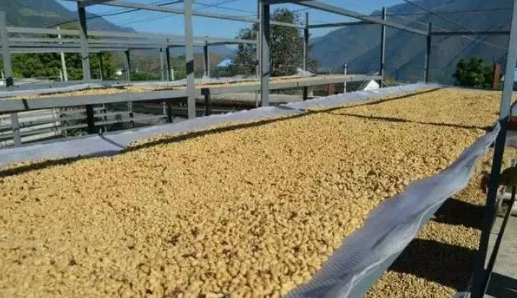
Half-sun is to remove the peel and pulp of coffee berries, which can control the degree of fermentation of pectin coffee beans after peeling and peeling. The traditional sun is the sun with peel and pulp, so the fermentation degree of pectin can not be seen. The half-sun treatment is between the sun treatment and the water washing treatment, but there is no "pool fermentation and water washing" process of the water washing treatment, but it is directly exposed to the sun. Although the method seems to be similar, without the step of fermentation, the flavor of coffee beans is completely different. Half-sun treatment in the process of removing the pulp of coffee peel, the ripe pulp will be easily removed, and the immature green fruit peel is not easy to deal with, so a second screening can be carried out to filter the immature fruit and unify the maturity of the coffee fruit. Compared with the sun drying method, Qianjie believes that the cleanliness and maturity of the coffee beans will be improved, resulting in a more uniform taste of coffee. The introduction of half-sun treatment does not mean that it is used in all Brazilian producing areas. Shirado with low incense humidity is mainly used in the sun treatment, while half-sun hair is a supporting role in Hiladow, but the red bourbon in the front street coffee area is treated by half-sun treatment.
The most popular coffee in the front street is the yellow bourbon coffee beans from the Queen's Manor of Brazil.
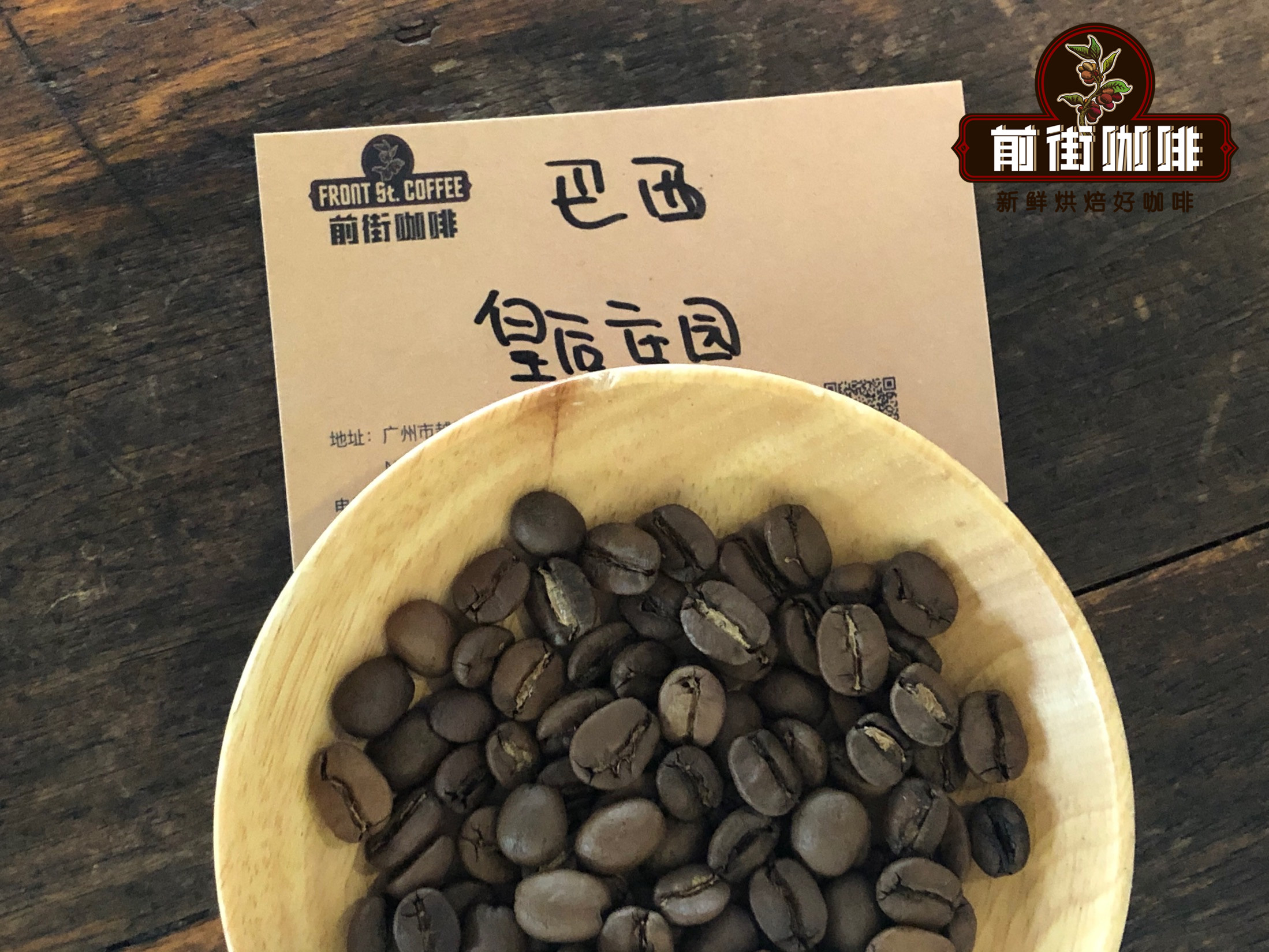
Producing area: Morgiana
Altitude: 1400Muth1950m
Variety: yellow bourbon
Treatment: sun treatment
Roasting analysis of Brazilian coffee beans in Qianjie Coffee
The quality of raw beans is solid, the flavor is good, with a slight smell of orange peel and spice, and the moisture content of raw beans is 9.9%. The water content of this bean is relatively low, so the bean's heat absorption capacity is very strong, so the Qianjie coffee roasting plan is to enter the beans at 200 degrees. Then the fire and small throttle speed up the dehydration, and when the dehydration stage is over, open the stroke door and medium fire to let Maillard react, and the time is not too hasty, close to an explosion.
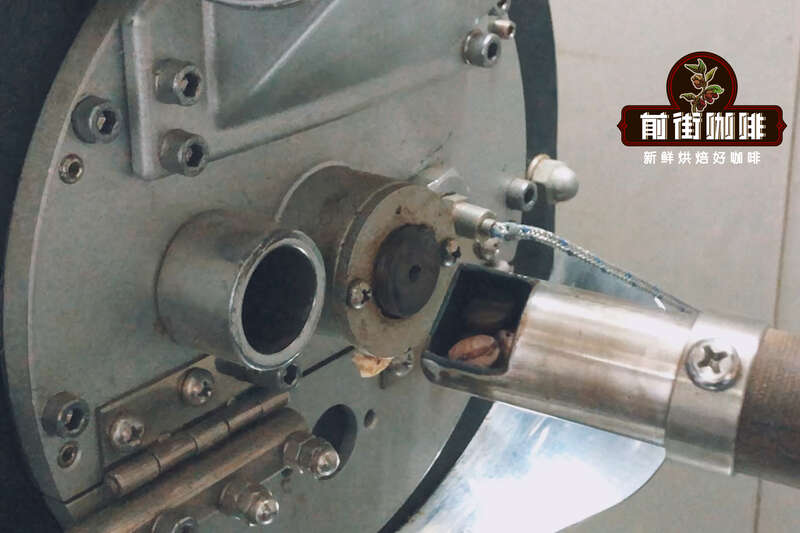
Yangjia 800N, bean 550g: warm-up to the facility 200 degrees into the pot, firepower adjustment of 150, throttle open 3, temperature recovery point 1 / 3 / 39 / 30 ", maintain firepower, 5 / 3 / 39 / 10" turn yellow, grass smell disappears, enter the dehydration stage, firepower is reduced to 125, throttle is opened to 3.5. After dehydration, the bean surface appeared wrinkles and black markings, and the taste of toast changed to coffee, which was a prelude to an explosion. When the firepower dropped to 80 at 178 degrees Celsius, you should pay attention to the sound of an explosion. When 9 degrees 39, 14 "began to explode, the throttle door was fully open. After an explosion, the development time is 390 degrees 3900 minutes. 201 degrees.
Qianjie Coffee Brazilian Coffee Bean Cup Test report
Qianjie Coffee will be tested within 8-24 hours after the sample beans are roasted. Qianjie coffee makers generally use the cup test bowl capacity of 200ml ceramic bowl, which will be marked with 150ml and 200ml scale, according to SCAA standards, the TDS of water is about 150ppm, TDs is too low will easily cause over-extraction, too high will affect the taste and easy to lack of extraction, the cup measured the use of water temperature of 94 °. The cup test grinding degree according to the cup test standard of SCAA, the grinding degree is controlled as 20 standard screen (0.85mm), and the passing rate is 70% Mel 75%. Ratio: 11 grams of coffee powder plus 200 milliliters of hot water, that is, 1VR 18.18, so that the concentration of extraction happens to be within the range of 1.15% Murray 1.35% gold cup, soaking time: 4 minutes.
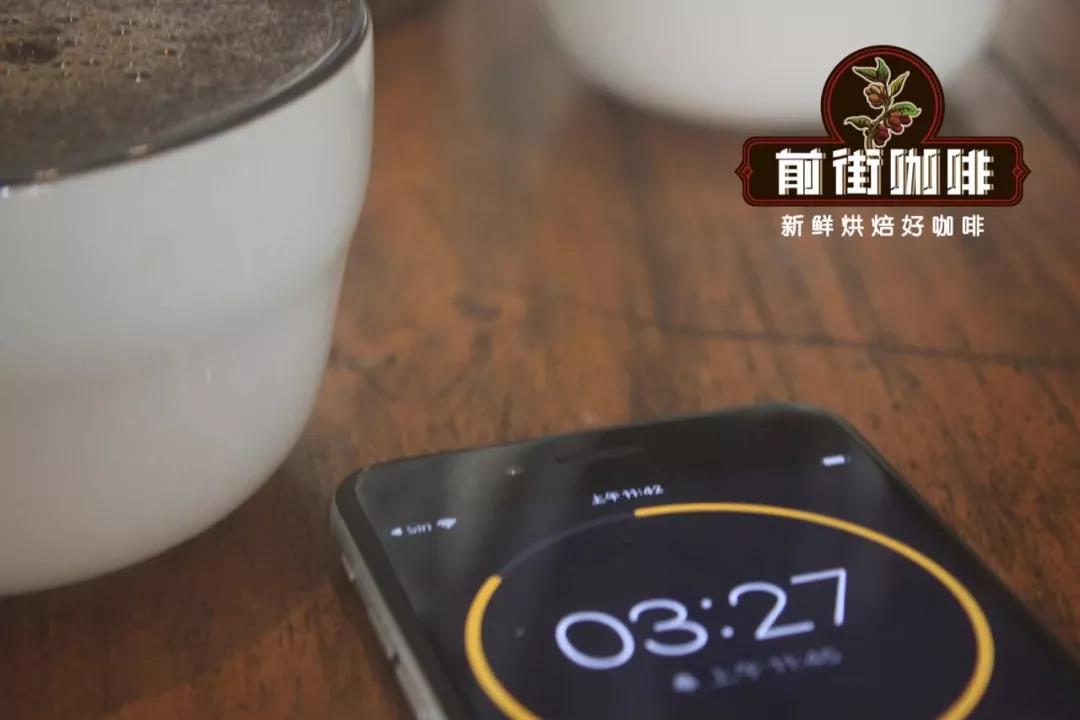
Brazilian Queen's Manor Cup Test
Dry fragrance: roasted nuts, cinnamon
Wet fragrance: roasted nuts, peanuts
Flavor: roasted nuts, peanut cream, fermented fruit, sucrose sweetness
Experience of brewing Brazilian coffee beans in Qianjie
Filter cup: Kono
Water temperature: 89 ℃
Amount of powder: 15g
Powder / water ratio: 1:15
Degree of grinding: medium and fine grinding (BG#6w)
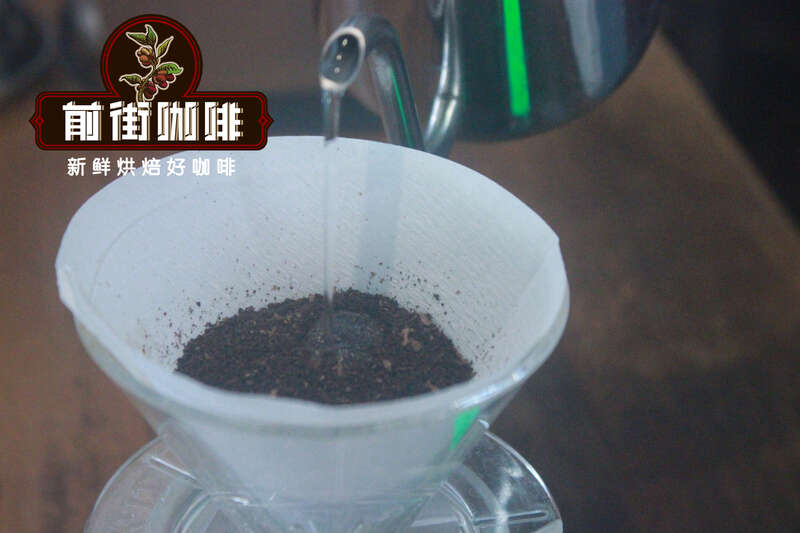
Qianjie coffee brewing technique is steamed with 30 grams of water for 30 seconds, small water flows are injected around the circle to 125 grams for segments, when the water level is about to be exposed to the powder bed, continue to inject water to 225 grams to stop water injection, wait for the water level to drop and remove the filter cup when the powder bed is about to be exposed. (the time of steaming starts) the extraction time is 2 minutes 39% 01 ".
Cooking flavor: sweet beans, clean, half-sun use will make her slightly bright acidity, but also good with the sweet knot, some even have tropical fruit aromas, especially the overflowing aroma when cooking, more attractive. Sugar cane juice's sweet, black tea, beautiful and smooth fruit sweetness, obvious nutty flavor, balanced and supple acidity, weak and clean bitterness, rich chocolate aroma and nutty flavor, bright and refreshing taste, smooth and delicate taste.
For more boutique coffee beans, please add private Qianjie coffee on Wechat. WeChat account: kaixinguoguo0925
Important Notice :
前街咖啡 FrontStreet Coffee has moved to new addredd:
FrontStreet Coffee Address: 315,Donghua East Road,GuangZhou
Tel:020 38364473
- Prev
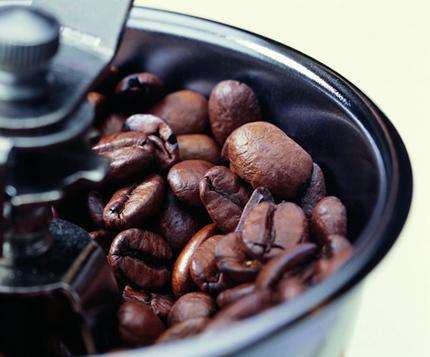
Information about Brazilian coffee beans, what are the brands of Brazilian coffee beans?
Follow the comments (Wechat official account vdailycom) found that the beautiful cafe opened a small shop of its own Brazilian coffee bean brands which Brazilian coffee is suitable for public taste. For example, coffee produced in the northern coastal areas has a typical iodine taste, reminiscent of the sea after drinking. This coffee is exported to North America, the Middle East and Eastern Europe. There is also a kind of coffee that is interesting and worth looking for.
- Next
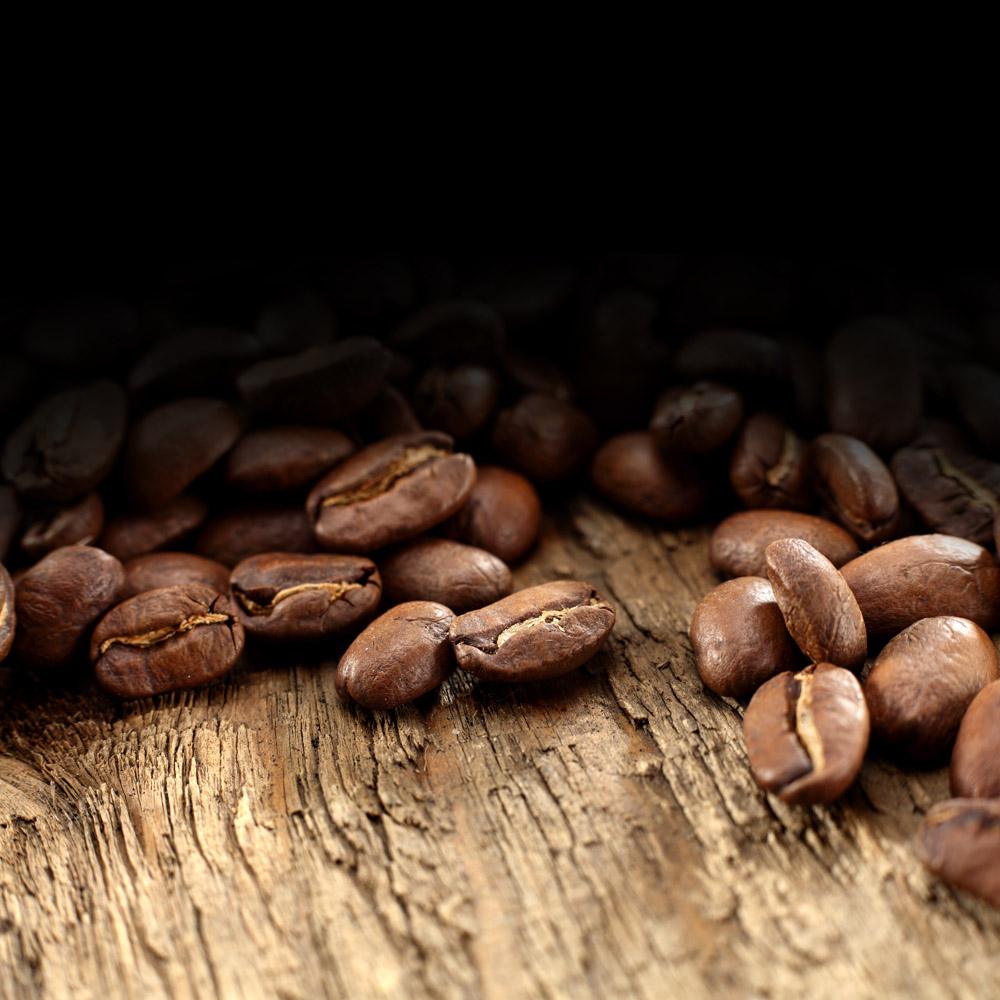
Kenyan coffee beans. How about Kenyan coffee beans?
Following Cafe Review (Wechat official account vdailycom) found that "Kenya", located in East Africa, is one of the major coffee producing countries. More than 6 million people in the country are engaged in the coffee industry, mostly in the form of a combination of small farmers and cooperatives. Coffee trees in Kenya are mostly planted at 1400-2000 meters above sea level, and the growth areas include Ruiri, Thika and Ki.
Related
- Detailed explanation of Jadeite planting Land in Panamanian Jadeite Manor introduction to the grading system of Jadeite competitive bidding, Red bid, Green bid and Rose Summer
- Story of Coffee planting in Brenka region of Costa Rica Stonehenge Manor anaerobic heavy honey treatment of flavor mouth
- What's on the barrel of Blue Mountain Coffee beans?
- Can American coffee also pull flowers? How to use hot American style to pull out a good-looking pattern?
- Can you make a cold extract with coffee beans? What is the right proportion for cold-extracted coffee formula?
- Indonesian PWN Gold Mandrine Coffee Origin Features Flavor How to Chong? Mandolin coffee is American.
- A brief introduction to the flavor characteristics of Brazilian yellow bourbon coffee beans
- What is the effect of different water quality on the flavor of cold-extracted coffee? What kind of water is best for brewing coffee?
- Why do you think of Rose Summer whenever you mention Panamanian coffee?
- Introduction to the characteristics of authentic blue mountain coffee bean producing areas? What is the CIB Coffee Authority in Jamaica?

